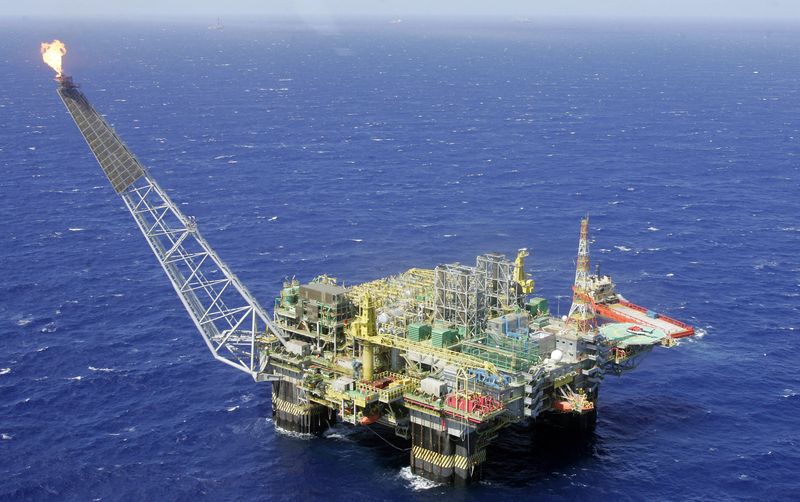Oil Prices Surge Following OPEC+ Decision
Following OPEC+'s decision to postpone production increases, oil prices experienced a rise. U.S. crude oil futures increased by more than $2 per barrel, reaching $71.81, while Brent crude also rose similarly, starting the week with an approximate 3% increase, crossing the $75 mark.
These developments once again highlighted how supply-side constraints affect oil prices. The decision made by OPEC and its allies shows its short-term effects on oil markets, while the long-term outcomes remain uncertain. Predictions from analysts and market participants indicate that if OPEC+ does not continue its production cuts throughout 2024, there could be an oversupply in the oil market. The cartel and its allies' decision to extend voluntary production cuts of 2.2 million barrels per day until the end of December did not significantly alter the fundamental indicators. Commerzbank noted that the unexpected decline in crude oil and gasoline inventories in the United States provided a positive momentum to the market.
According to data released by the U.S. Department of Energy, crude oil stocks decreased by 515,000 barrels, while gasoline stocks fell by 2.7 million barrels. The bank stated that Hurricane Milton could be one of the contributing factors to this decline. Commerzbank anticipates continued volatility and predicts that prices will be guided by OPEC+'s production plans in the short term.
Future expectations from Commerzbank warn that a withdrawal of OPEC+ cuts could lead to a potential oversupply. With China's crude oil import data set to be released on Thursday, concerns regarding demand may resurface, potentially putting pressure on prices. Additionally, while the recent attacks by Iran against Israel have the potential to influence oil prices, the expectation is that tensions will not escalate in the short term due to Israel's retaliation not causing damage to Iran's oil and nuclear facilities.
These developments in oil markets could impact both price volatility and the future supply-demand balance. Numerous factors, particularly geopolitical tensions in the Middle East and global economic conditions, will continue to be closely monitored by market participants.


